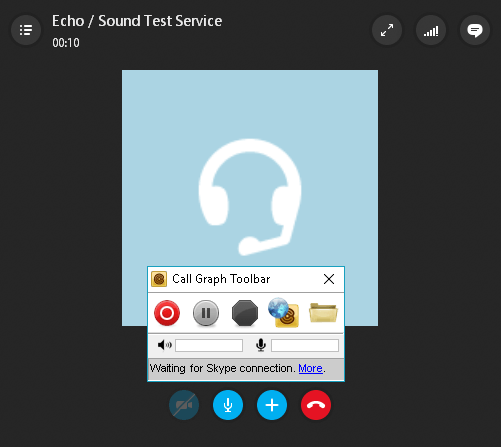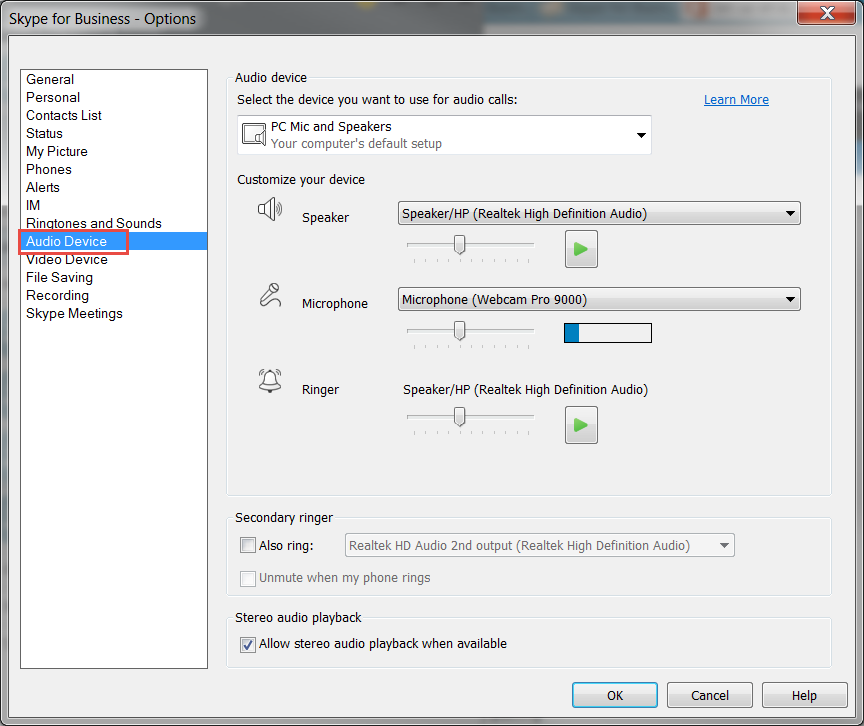
I would say that microphone set as default, you follow the instructions below:ġ. I did the thing of parameters of hole, etc. I just started using the LIFECAM VX 6000 and it's great for video, but I can't micro e to work with my video calls in Skype. people can see me but can't hear me in Skype. But when I'm running a more conventional game I think I'm going to try to persuade the players to go back to TeamSpeak or Ventrilo.I just installed my new lifeCam VX 6000, the video is perfect, but cannot get the microphone to work. If I didn't want to enhance the game with music & sfx it would absolutely be my first choice, and we're probably going to continue using it for our PrimeTime Adventures game. It's fantastic at what it sets out to do, give the absolute best possible voice communication over whatever bandwidth is available. So with a heavy heart I have to say Skype is not good for me. But it doesn't go as far as Ventrilo, where it's possible to record each individual participant's audio as a separate track for individual processing.

This does mean a little post-production tweaking is required to re-balance the sounds across the stereo field, but it does mean that you can run noise-reduction separately against the two channels. The one I'm currently trying records a pseudo-stereo track, with remote callers on the Right audio channel and the local voice on the Left audio channel. Although Skype doesn't support recording natively like TeamSpeak and Ventrilo, there are several plugins available for Skype that allow you to do this. It's handy to be able to listen back to the events of a game, and entertaining for the members of our game group who aren't able to play on a given night. One other thing I like to do is record game sessions. Sound effects are a little better, but whenever someone else speaks on the call the FX seem to be squelched and replaced with an annoying background hiss. The result sounds like an early wax gramophone record, with lots of warbling and poor bass response. Unfortunately, this sort of dynamic compression does affect the quality of music somewhat severely. This means it has to get rather clever with the way it compresses the signal, squeezing frequencies that don't really affect the sound of the human voice. Skype is heavily optimised to produce the best possible voice call using the available bandwidth. Meanwhile my music & sound effects are played on the netbook's internal soundcard, and thus get piped into the Skype call. I set Skype to use this as its output, so the voices of other participants in the call would be shunted to that output (with no speakers attached). After some head-scratching I got around this with the aid of a USB external soundcard I had lying around. Moving over to Skype, there's no easy way to mute the voices of other callers.
Play sounds over skype windows#
The various dings and chimes that Windows can play at odd moments might distract from the mood you're trying to create with the SFX.) (As an aside, it's also a good idea to turn off all system sounds on the FX player computer. This is fairly easy to do in both TeamSpeak and Ventrilo. What you then need to do is to mute the voices of the other participants in the call. This setting is done in the mixer setup of your soundcard - the exact way of doing this varies from soundcard to soundcard and OS to OS.īut then you have the situation where whatever another party to the call says is played back on the FX player, which then gets fed back into the VOIP app's input.

What's being played is therefore picked up by the VOIP app and transmitted. Firstly, the FX player machine must be set to record anything it plays back through the soundcard. But could it be cajoled into a platform for running a multimedia-rich game?

We're currently using it for our Primetime Adventures game and I have to say for purely voice communications the sound quality and low latency blows both TeamSpeak and Vent out of the water. Impressed with the overall sound quality and low latency, they switched the DH game over to using Skype and have been happy with it ever since. Another GM has been running a successful Dark Heresy game in that slot, and a couple of the players joined a D&D game from the MapTool forums that was being run over Skype. For our remote games we used to use TeamSpeak or Ventrilo for Voice Over IP (or VOIP) and I'd worked out the setup for both of those games to allow a handy netbook to insert music & sfx into the conversation.īut a few months ago I took a break from our regular remote gaming while some family issues came to the fore. I've just been doing some experiments with playing music and sound effects over a Skype call.


 0 kommentar(er)
0 kommentar(er)
